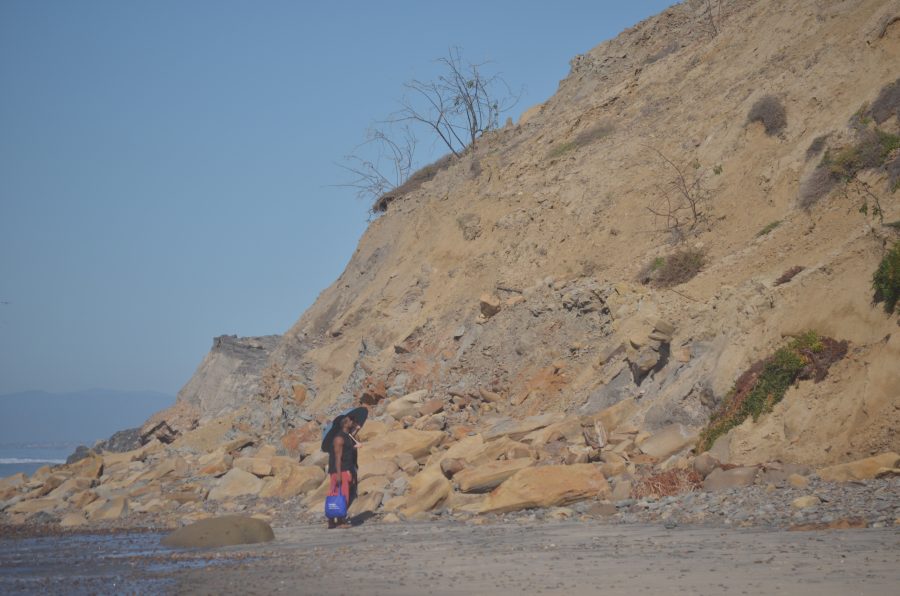UCSD’s 1,200-acre campus: cool ocean breezes caress joggers
along Torrey Pines, the Eucalyptus forest peppers passing students with shade
and Regent’s Lot bakes drivers in its desert heat. A team of campus scientists
will finish a complete weather monitoring project later this year studying
these different microclimates in the hopes of making UCSD more environmentally
friendly.
The Jacobs School of Engineering team is working closely
with the Environment and Sustainability Initiative, the Office of the Vice
Chancellor of Business Affairs Steven W. Relyea, Wells Fargo and car company
Johnson Controls to design and install up to 30 portable weather stations on
university building rooftops. The Real-Time Observations for Environmental
Sustainability project will gather data about the campus’ temperature,
rainfall, humidity and wind-speed.
Eventually, the system will be completely automatic, with local,
low-power computers collecting the data from each weather station and
wirelessly transmitting that information to a data server for analysis.
“The system is unique in that the data producers — the
scientists — work hand-in-hand with data users — UCSD facilities management —
to facilitate knowledge transfer and real-world use of the data,” said Jan
Kleissl, mechanical and aerospace engineering professor.
The data collected from these weather stations will be used
to help reduce the campus’ energy use by allowing the environment to more
precisely cool or heat buildings. In addition, scientists will attempt to
optimize irrigation methods and determine how effective solar power would be on
campus.
Another important facet of this program is the degree to which
it bridges disciplines, with many departments across the university joining
forces for this unique project.
The new system is part of UCSD’s participation in the
Chicago Climate Exchange, a voluntary U.S. market where members attempt to
lower their carbon dioxide footprint by a predetermined amount over a fixed
time. UCSD Energy and Utilities Manager John Dilliott said that if UCSD does
not accomplish the required reduction in emissions, it will be required to
purchase credit from the exchange. On the other hand, if UCSD achieves more
reductions than the amount stipulated in its quota it can sell credits back to
the system.
The process is similar to the “cap and trade” scheme in
place for the European Union, said Dilliott. CCX is currently a pilot program
scheduled to end in 2010, whose goal is to prove that this type of system can
impact global warming.
“UCSD does not anticipate profiting from its participation
in the program; our analysis showed that we could break even, thus having no
net impact to the campus budget but still allowing UCSD to gain experience in a
system that will inevitably be adopted in California and the U.S.,” Dilliot
said.
In addition to making the campus more environmentally
friendly, professors are using this program as a teaching opportunity to
demonstrate how environmental studies can be applied to the real world. A
diverse team of students, with majors ranging from environmental engineering
and mechanical engineering to computer science and political science is working
on the project.
Kleissl said some students have been working on the project
through the Jacobs School, ESI and other local companies who are supplying funding.
Some students are also doing internships and independent research associated
with the project.
“UCSD’s participation [in the CCE] will also allow for
student involvement in the process, especially in the field of environmental
economics, which will be an exploding field in the near future and in need of
leadership and expertise,” Dilliot said.
The campus has invested $50 million to improve its energy
usage since 2001, Relyea said. However, these changes are expected to save the
university about $10.5 million annually in energy costs.
The weather stations are expected to be installed by the end
of this year.







